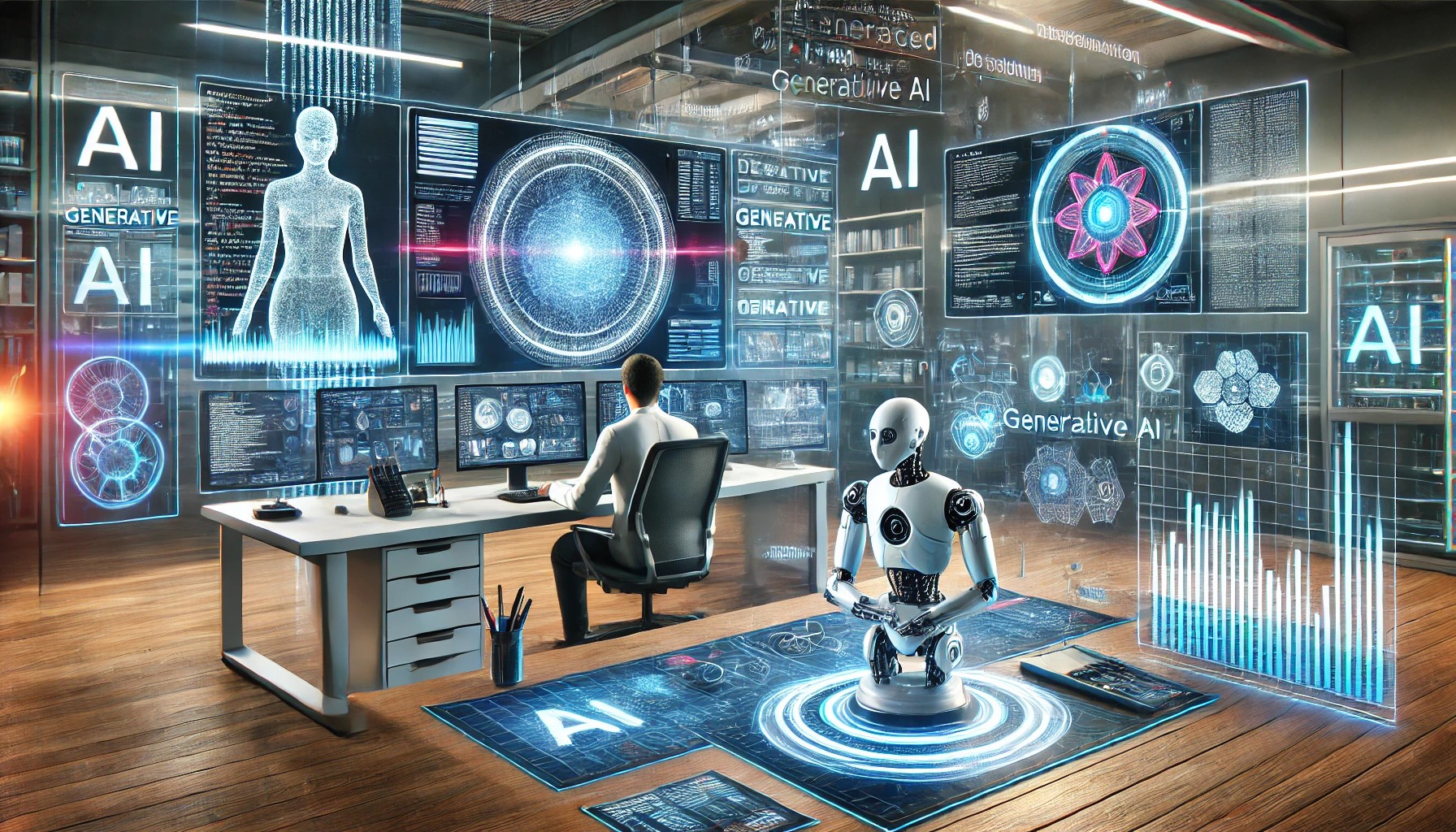Recent Advancements in Generative AI: Shaping the Future of Creativity and Innovation
In recent years, generative AI has made ground-breaking advances, stretching the limits of artificial intelligence beyond typical tasks. This branch of AI, which focuses on creating new content—whether it's literature, graphics, music, or entire virtual worlds—has altered industries ranging from entertainment to healthcare by providing unique solutions and creative possibilities. The most recent advancements in this subject have made generative AI not only more powerful but also more accessible, resulting in a surge of creativity and automation.
One of the most significant recent advances in generative AI is the emergence of massive language models such as GPT-4 and its descendants. These models can generate human-like prose with extraordinary fluency and coherence, making them suitable for a wide range of applications, including customer care chatbots and content creation tools. AI-generated writing, which was previously limited to simple sentence structure, can now produce articles, novels, and even poems that rival human creativity. This development is transforming industries like as journalism, marketing, and education by enabling rapid, scalable content generation.
In terms of visual content, generative AI technologies such as DALL-E, MidJourney, and Stable Diffusion have enabled the creation of high-quality graphics from simple text inputs. Artists, designers, and advertisers use this technology to create one-of-a-kind graphics without requiring significant manual effort. Recent advances in these models enable them to produce photos with greater complexity and inventiveness, capturing artistic nuances that were previously thought to be beyond AI's capabilities. Furthermore, advances in 3D generative models allow for the production of sophisticated, lifelike virtual worlds, which improves applications in gaming, architecture, and virtual reality.
Healthcare and medication discovery are two more areas where breakthroughs have occurred. Generative AI is being used to create novel molecules and anticipate their behaviour, speeding up the drug discovery process. By simulating biological processes and creating prospective medication candidates, AI-powered systems enable researchers to investigate new illness therapies more quickly than traditional techniques. This might dramatically reduce the time required to bring novel medications to market, potentially saving lives and lowering healthcare costs.
The democratization of generative AI has also become an important issue in its recent evolution. Platforms such as ChatGPT, Runway ML, and OpenAI's Codex have made strong generative tools available to a broader audience, empowering not only coders but also creatives with little or no programming experience. This accessibility has inspired a wave of innovation in content creation, with individuals and small businesses now able to use AI to improve their creative workflows, from website design to tailored marketing campaigns.
Finally, advances in generative AI are altering our understanding of creativity, automation, and innovation. As these technologies improve, they are expected to become more integrated into our daily lives, opening up new opportunities in a variety of sectors. From boosting artistic pursuits to expediting scientific discoveries, the future of generative AI seems both fascinating and transformational.
Creativity Meets Code.
Join our mailing list
© Copyright xklsv 2025. All Rights Reserved
xklsv